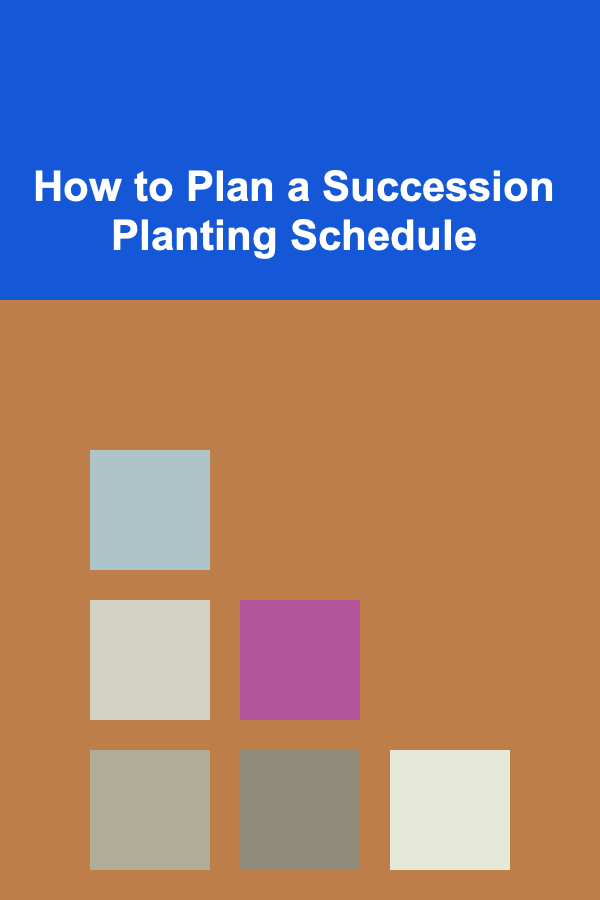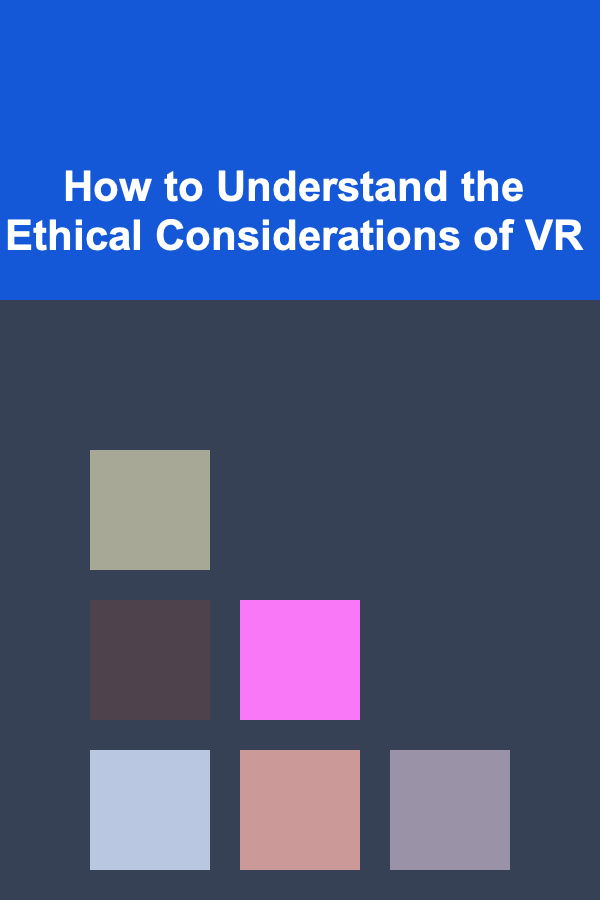
How to Bind a Quilt with a Bias Edge
ebook include PDF & Audio bundle (Micro Guide)
$12.99$6.99
Limited Time Offer! Order within the next:
Not available at this time

Binding a quilt with a bias edge is an essential skill for quilters, as it helps ensure the quilt's edges are neatly finished and durable. A bias-cut binding offers a level of flexibility that is especially beneficial when the quilt has corners or curves, allowing the fabric to curve smoothly around the edges without any distortion. In this detailed guide, we will walk you through the entire process of binding a quilt using a bias edge, from preparing your materials to completing the binding in a polished and professional manner.
What Is Bias Binding?
Before diving into the steps, it's important to understand what bias binding is. Bias refers to the diagonal cut across the fabric, typically at a 45-degree angle to the grain of the fabric. When fabric is cut on the bias, it has more stretch and flexibility than fabric cut along the straight grain. This makes it ideal for binding quilts, especially those with curved edges or sharp angles.
Bias binding is generally used for quilts that have more intricate, non-straight edges, as it prevents the fabric from puckering or pulling. The stretchiness of the bias cut helps it to fit snugly and evenly around corners, curves, and other unique edges, ensuring a clean finish without any wrinkles or bunching.
Materials Needed
To bind a quilt with a bias edge, you'll need the following materials:
- Fabric for Binding: You can either purchase pre-cut bias strips or cut your own. To cut your own, you'll need a fabric that complements or contrasts with your quilt design.
- Rotary Cutter or Scissors: These will help you cut your fabric into bias strips.
- Cutting Mat: For safe and precise cutting.
- Ruler: A quilting ruler with measurements to guide your cutting.
- Quilt Sandwich: Your quilt top, batting, and backing, which should all be basted together before you begin the binding process.
- Needle and Thread: You'll need a strong, durable quilting thread for hand-sewing the binding down, or you can use a sewing machine with a quilting foot.
- Iron: To press your binding fabric and quilt edges for a smooth, neat finish.
Step 1: Cutting the Bias Strips
The first step in binding your quilt with a bias edge is cutting the fabric into bias strips. The width of the strips will depend on the size of the quilt and the depth of the binding you want, but a typical width is between 2.5 and 2.75 inches.
How to Cut Bias Strips
- Start with a square or rectangular piece of fabric that is large enough to cut several strips. Typically, a piece of fabric that is at least 18 inches by 18 inches will suffice for a small to medium-sized quilt.
- Place the fabric on your cutting mat. Make sure the fabric is smooth and free of wrinkles before you begin cutting.
- Cut your fabric at a 45-degree angle using a ruler and rotary cutter. This angle will create the bias cut. You'll need to cut two or more strips depending on the size of your quilt and the number of strips required.
- Continue cutting strips across the fabric. When cutting on the bias, the fabric will stretch slightly, so be sure to handle it gently to avoid warping.
- Join the strips together by placing two ends right sides together at a right angle. Use a diagonal seam to join them, then trim the excess fabric and press the seam open.
Step 2: Attaching the Binding to the Quilt
Now that you have your bias strips, you're ready to attach them to the quilt.
- Prepare your quilt: Ensure your quilt is properly quilted and all layers are secured. The quilt should have a finished edge, even if it's not yet bound.
- Begin at one corner: Start by attaching your binding at the center of one side of the quilt. Align the edge of your binding strip with the raw edge of the quilt top.
- Sew the binding onto the quilt: Using a 1/4-inch seam allowance, sew the binding onto the quilt, carefully aligning the edges. As you sew, use your finger to gently pull the bias binding to make sure it curves smoothly around the corners or curves. Be sure to sew all the way around the quilt.
- Handle corners with care: When you reach a corner, stop sewing about 1/4-inch before the corner. Fold the binding upwards to create a 45-degree angle, then continue sewing along the next side. This will create a neat mitered corner. Repeat this process at all corners.
- Trim the excess: Once the binding is attached, trim any excess fabric to reduce bulk and create cleaner seams.
Step 3: Folding and Attaching the Binding to the Back
After attaching the binding to the front of the quilt, the next step is to fold the binding over to the back of the quilt and sew it in place.
- Fold the binding over to the back of the quilt, covering the raw edges. Press the binding down with an iron to create crisp folds.
- Pin or clip the binding in place along the quilt's edges. Be sure to keep the corners neat and aligned.
- Sew the binding to the back of the quilt: Using a slip stitch or a straight stitch on your sewing machine, sew the binding down. Make sure your stitches are even and secure. For a more polished look, you can hand-sew the binding for a clean, invisible finish.
- Check your work: Carefully inspect all the edges and corners to ensure that the binding is securely attached and neat. Trim any stray threads or fabric edges for a tidy finish.
Step 4: Finishing Touches
Once your binding is attached, it's time for the final touches:
- Press the quilt: Give your quilt a final press with the iron to ensure the binding is crisp and the edges are smooth.
- Trim any excess fabric from the quilt if necessary.
- Clean up the threads: Make sure all the loose threads are clipped for a professional look.
Tips for a Successful Bias Binding
- Choose the right fabric: When selecting fabric for your bias binding, choose one that contrasts with your quilt top, or one that complements the overall color scheme. Avoid fabrics that are too stiff, as they may be difficult to work with.
- Use a walking foot: If you're using a sewing machine, consider using a walking foot to help evenly feed the fabric through, especially if your quilt has a thick batting or several layers.
- Take your time: Binding a quilt can be a meticulous process, especially when working with bias fabric. Be patient and take your time to make sure every corner and edge is neat and secure.
- Test before you sew: Before you begin attaching the binding, do a small test on a scrap piece of fabric to ensure your binding strip fits well and is the right width for your quilt.
- Consider bias tape makers: If you plan to make a lot of bias binding, consider investing in a bias tape maker to speed up the process and ensure even strips every time.
Conclusion
Binding a quilt with a bias edge is an essential technique that can greatly improve the appearance and durability of your quilt. The flexibility and stretch of bias binding make it perfect for quilts with non-straight edges, and the process allows for precision and neatness in finishing off the quilt. With patience and practice, binding a quilt with a bias edge can become a rewarding part of the quilting process, adding a professional and polished look to your finished project. Whether you're a beginner or an experienced quilter, mastering this technique will elevate your quilting skills and ensure your quilts last for years to come.

How to Create an Instagram-Worthy Home on a Budget
Read More
How to Manage Your Delivery Routes for Maximum Profit
Read More
How to Plan a Succession Planting Schedule
Read More
The Recruiter's Guide: Mastering the Art of Talent Acquisition
Read More
How to Understand the Ethical Considerations of VR
Read More
How to Develop Community-Level Renewable Energy Projects
Read MoreOther Products

How to Create an Instagram-Worthy Home on a Budget
Read More
How to Manage Your Delivery Routes for Maximum Profit
Read More
How to Plan a Succession Planting Schedule
Read More
The Recruiter's Guide: Mastering the Art of Talent Acquisition
Read More
How to Understand the Ethical Considerations of VR
Read More